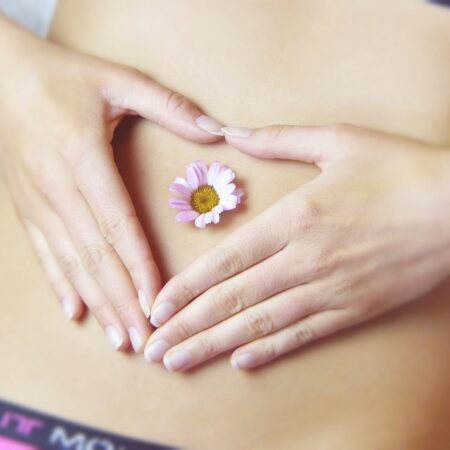Matcha, now a global phenomenon, has a rich history in Japan before becoming a staple of Japanese culture. Interestingly, matcha was initially adopted not as a beverage but as a medicinal remedy.
The Origins: Import from China
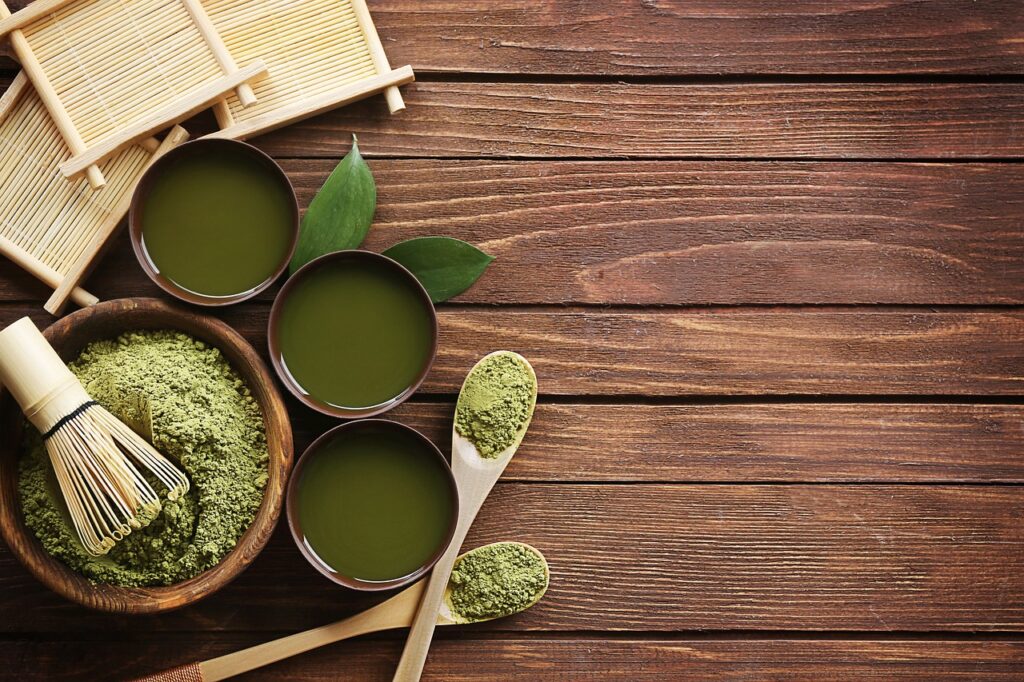
The first introduction of matcha to Japan dates back to 805 AD, imported from China. During this time, Japan was keen on embracing the advanced aspects of Chinese civilization and politics, sending delegations to learn and bring back valuable knowledge. Among these envoys were Saichō and Kūkai, who successfully brought matcha seeds back to Japan.
However, due to its high cost, matcha was initially a luxury that only monks and nobles could afford. The cessation of delegations to China eventually made it difficult to continue importing the seeds, preventing matcha from becoming widespread in Japan during this early period.
Kamakura Period: The Spread of Matcha
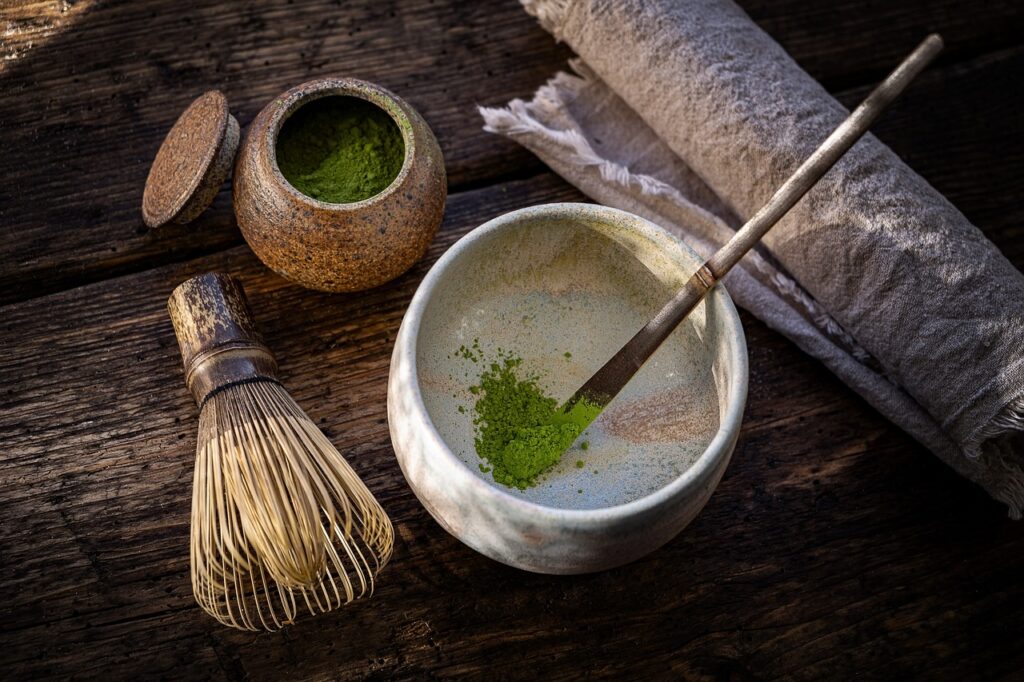
The Kamakura period marked the beginning of matcha's integration into Japanese culture, as the monk Eisai brought back matcha seeds from his studies in China. Along with the seeds, Eisai introduced the practices, etiquette, and benefits of matcha through his writings in "Kissa Yōjōki." This documentation played a significant role in popularizing matcha among the Japanese people and led to the beginning of matcha cultivation in Japan.
The influences of "Kissa Yōjōki" included:
- Preparation Methods: Transitioning from the traditional steeped tea, the powdered form of matcha began to gain popularity, laying the foundation for Japan's green tea culture.
- Etiquette: Drawing from Chinese practices of sharing tea during breaks and major events, these customs were introduced to Japan, eventually evolving into the tea ceremony.
- Health Benefits: Matcha was praised for its health-promoting properties, leading to its use not just as a beverage but as a medicinal remedy.
- Cultivation: The stimulant effects of matcha proved beneficial for Zen monks during meditation, promoting the cultivation of matcha within temple grounds. The techniques spread to Kyoto's Toganoo region, leading to the development of formal tea gardens.
Matcha also became a tool for social interaction among the samurai class, giving rise to the "tocha" competition, where participants guessed the origin of the tea, similar to modern wine tasting.
Uji, Kyoto: The Renowned Matcha Producing Region
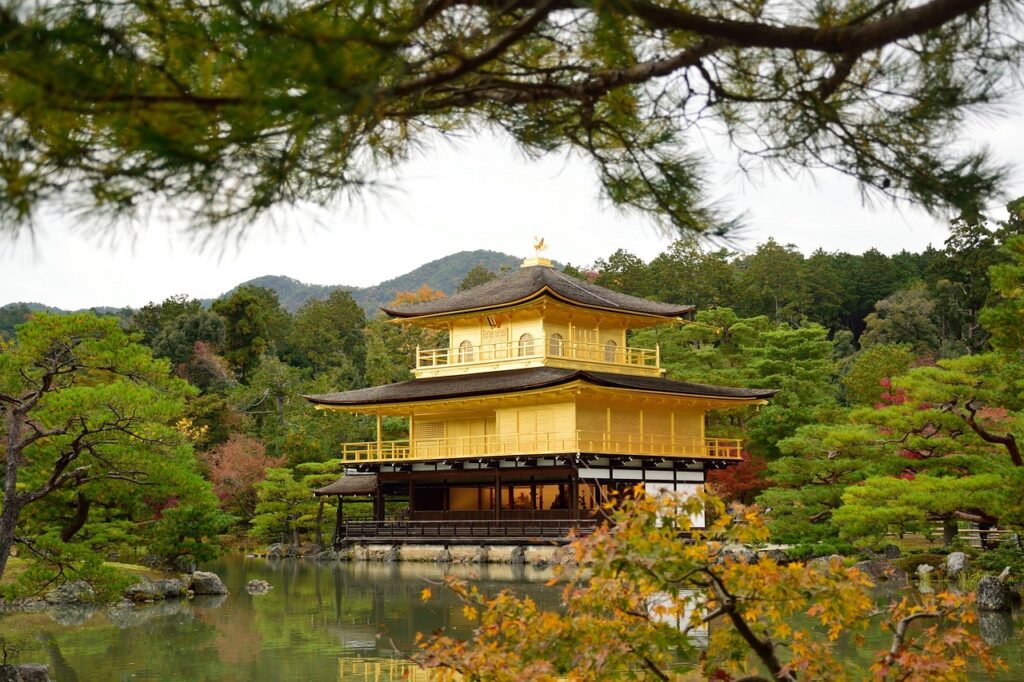
Uji, near Kyoto, with its favorable climate and proximity to the capital, became a prime location for tea cultivation. Under the patronage of the third shogun, Ashikaga Yoshimitsu, Uji's tea gardens received special recognition, establishing Uji as a leading matcha production area.
Wabi-cha and Sen no Rikyū
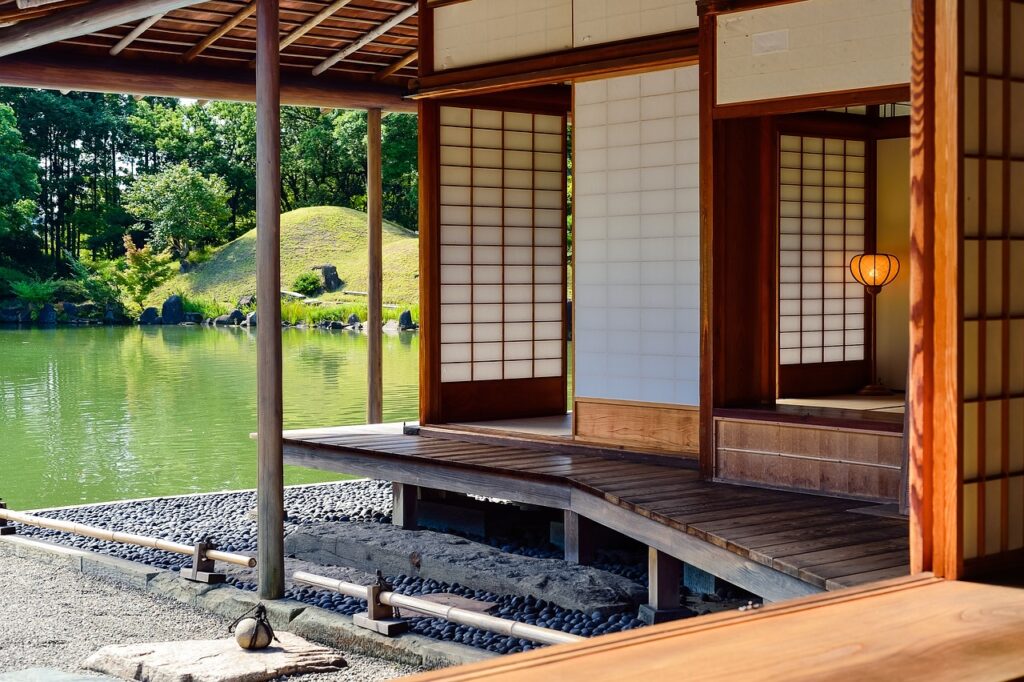
During the Azuchi-Momoyama period, Sen no Rikyū popularized the wabi-cha style, emphasizing simplicity and tranquility in the tea ceremony. This approach resonated with the turbulent times, gaining favor among influential figures like Oda Nobunaga and Toyotomi Hideyoshi.
The Emergence of Green Matcha
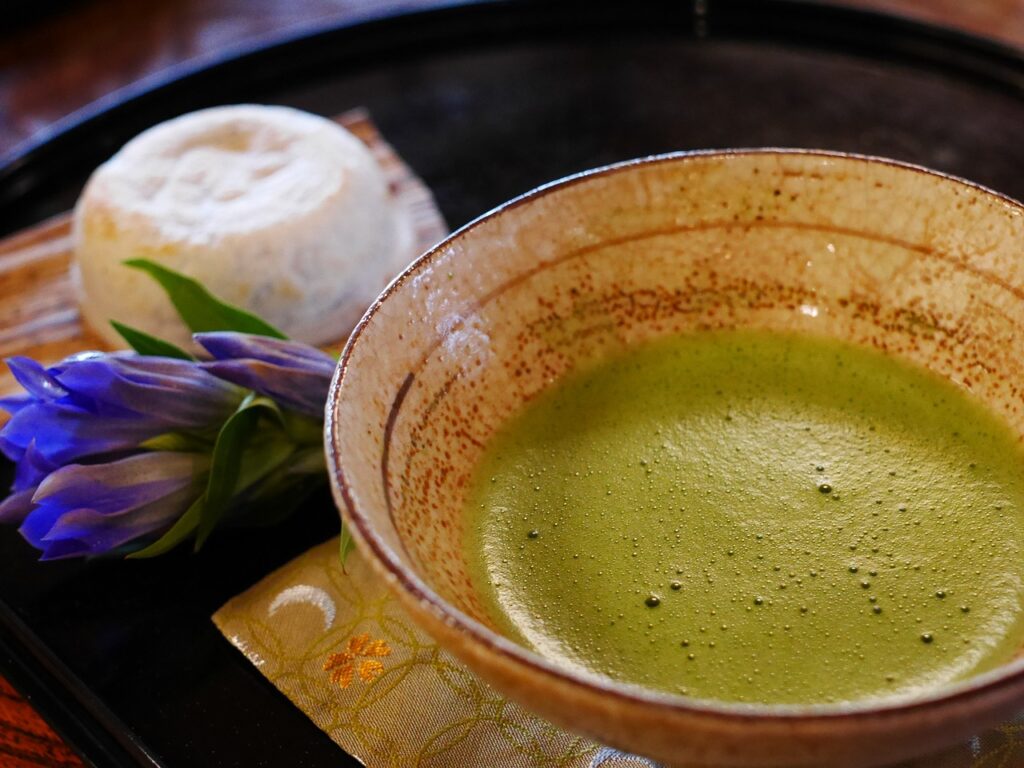
In 1738, Soen Nagatani developed a method to produce the now-familiar green matcha, a significant departure from the previously brown-colored tea. This new method enhanced both the aroma and flavor of matcha, increasing its popularity.
Matcha in Everyday Japanese Homes
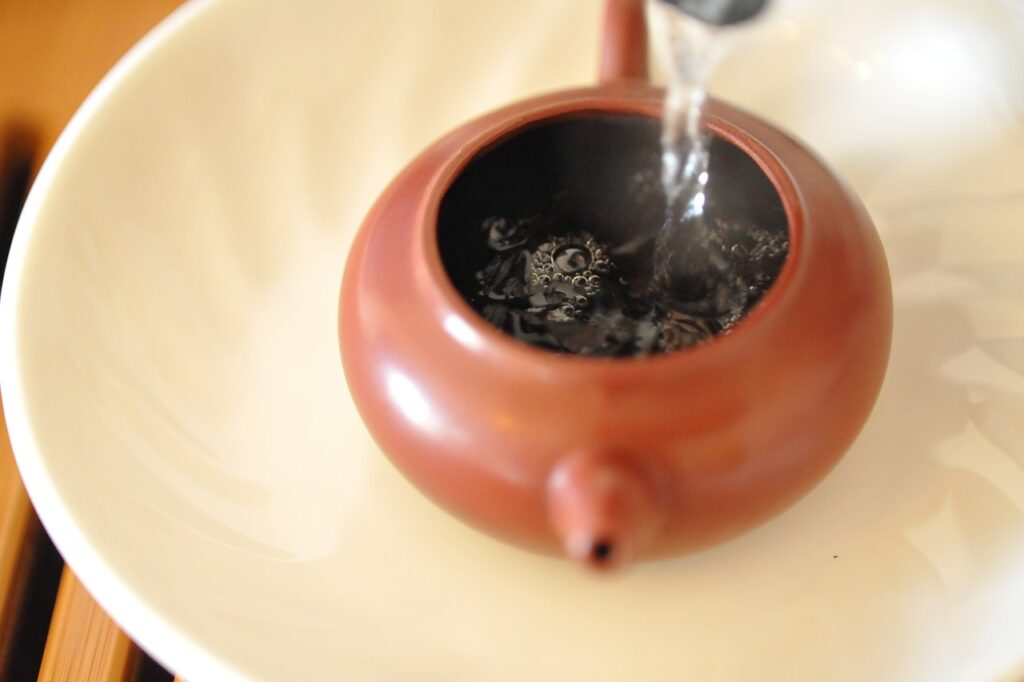
Advancements in matcha production technology and the widespread use of teapots during the Taishō period made matcha accessible to the general public, integrating it into daily Japanese life.
Matcha: From Japan to the World
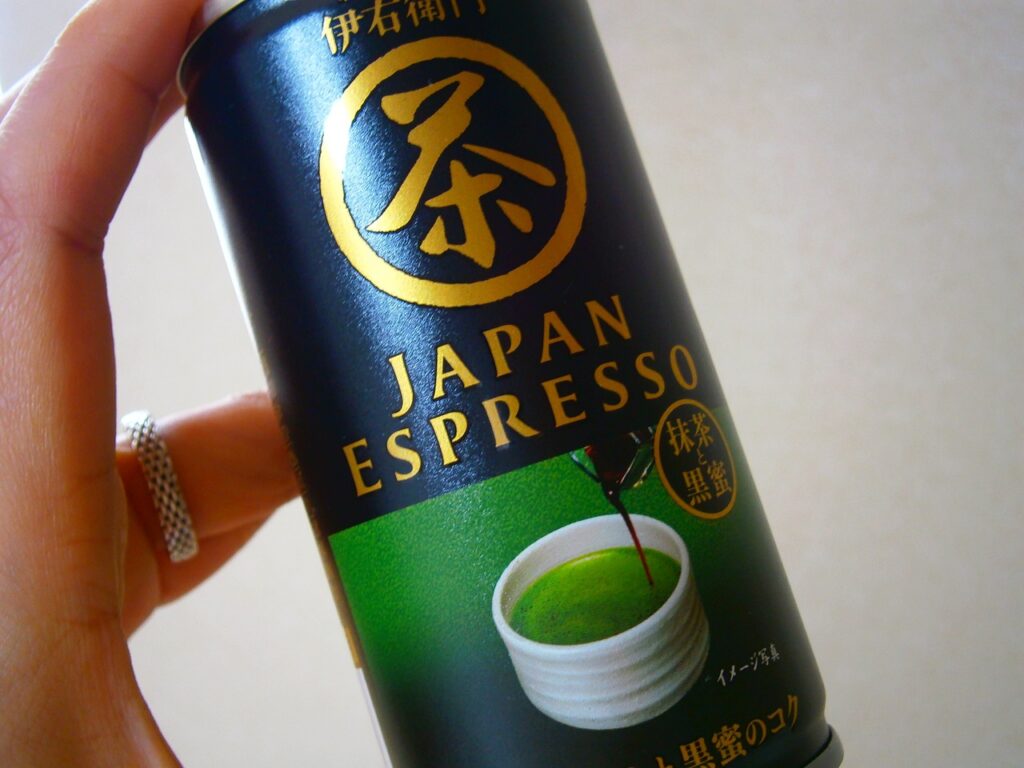
Around 2010, the health benefits of matcha became a hot topic among celebrities, fueling its popularity beyond Japan. Today, matcha is cherished worldwide, transcending its traditional Japanese origins.
Summary
Matcha's journey from a medicinal remedy to a beloved component of Japanese culture and a global trend reflects its deep historical roots and cultural significance. Its versatility and health benefits continue to appeal to people worldwide, making matcha a symbol of wellness and cultural exchange.



